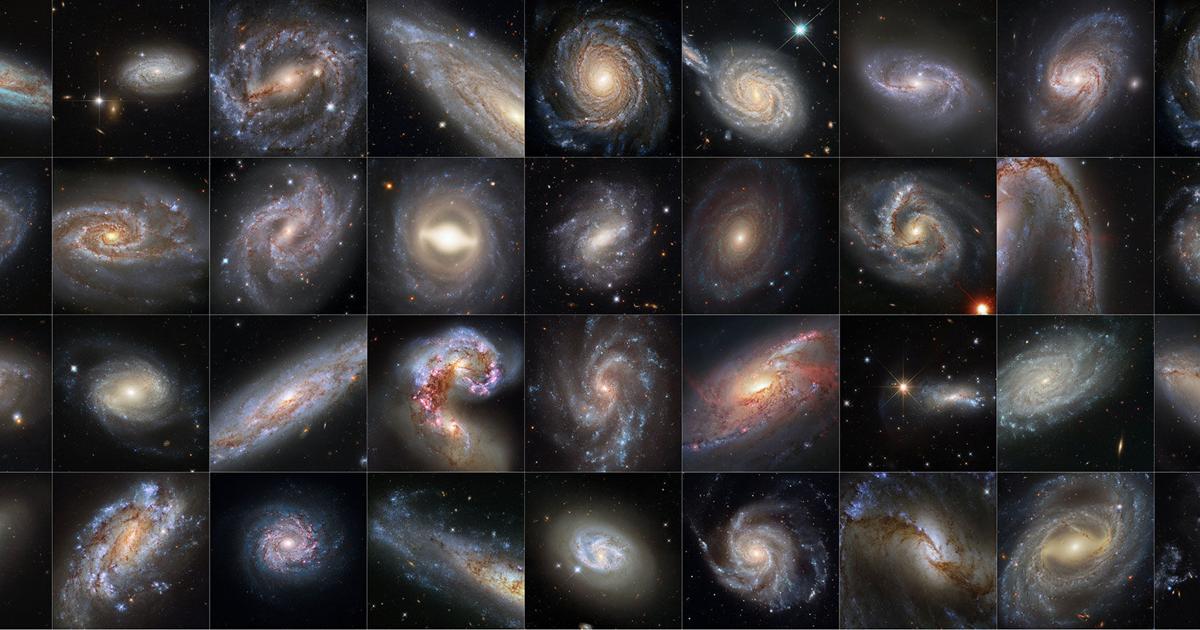Small Magellan clouds are one of the many satellite galaxies in the Milky Way, with a chemical simpler composition, similar to one of the young galaxies in the early universe. Hubble Space Telescope has observed stars from strange -shaped stars to the outside of the galaxy, spinning into a group of big stars. Rivers such as gas and star movements may trigger the process of forming stars in small Magellan clouds. Observing the formation of stars in small Magellan clouds implies the possibility of an intense star formation period at the beginning of the history of the universe.
Stellar Nursery, NGC 346 150 years in diameter and has a mass of 50,000 sun. Astronomers have long been confused by its irregular shape and an intense star formation level. Main researcher Elena Sabbi said, “Stars are machines that carve the universe. We will not have a life without stars, but we do not fully understand how they are formed. We have several models that make predictions, and some of these predictions are contradictory. We want to determine What regulates the process of forming stars, because this is a law that we need to understand what we see in the early universe. “
According to researchers, spirals are an efficient way to move stars. Another team, led by Peter Zeidler, investigated the same region as a very large telescope, was also used to confirm that the problem was spinning into the core of the Star Cluster. Most of the stars are believed to have black holes in their core. Main researchers in the second team, Peter Zeidler said, “Spiral is really a good and natural way to feed the formation of stars from outside to the center of the cluster. This is the most efficient way so that the stars and gases that trigger more stars can move towards the center . “A paper that describes the findings has been published in a pair of papers in The Astrophysical Journal, which illustrates the rotation of the Star Cluster, and the other that describes its evolution.

